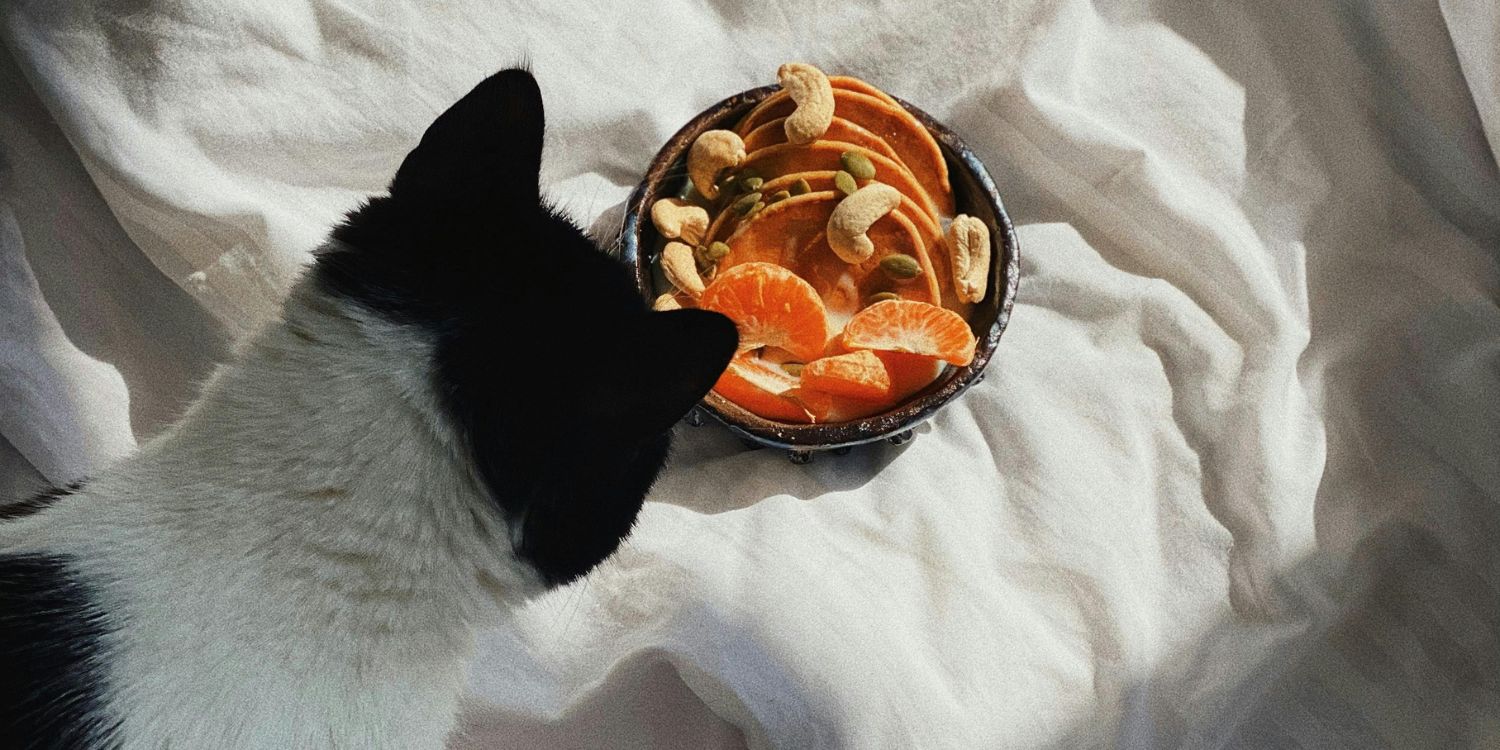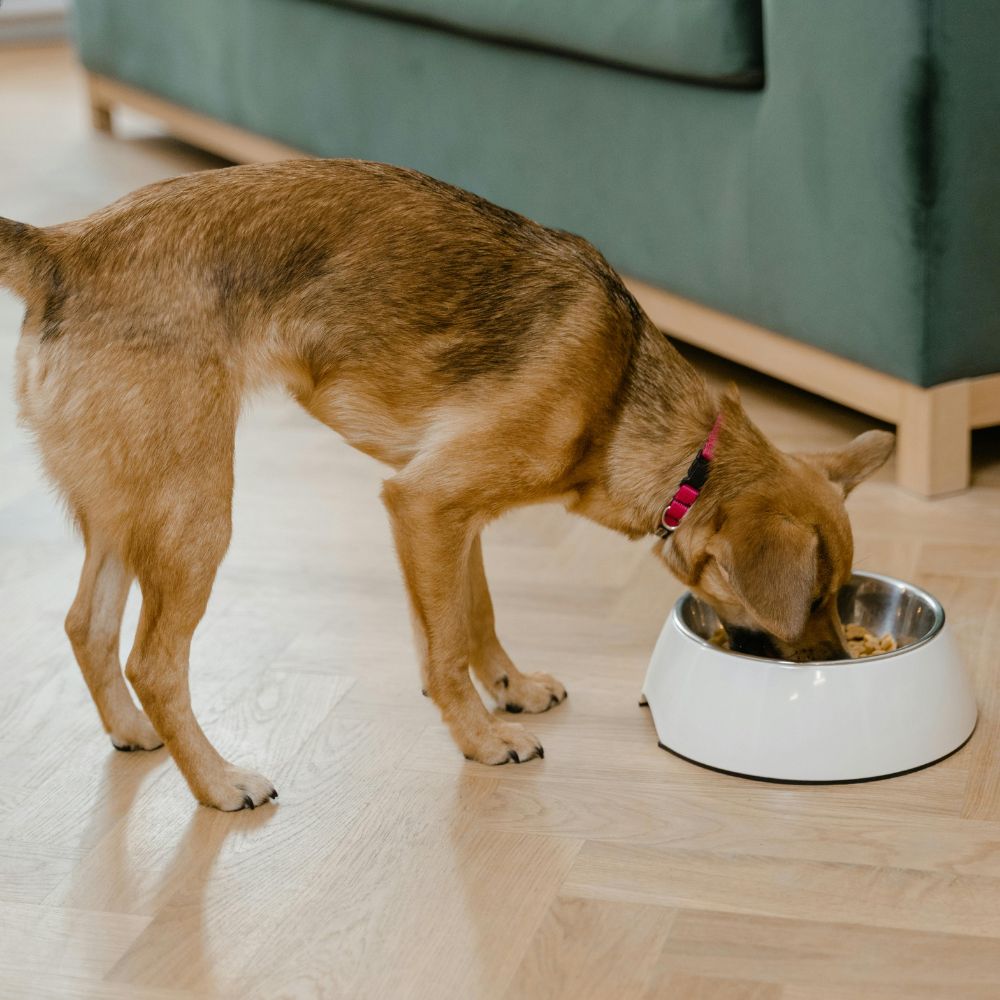
While pet owners often prioritize their pets’ nutrition, the cleanliness of their bowls is equally essential. The residue left behind from previous meals can harbor harmful bacteria like salmonella, E. coli, and campylobacteriosis, posing a risk of foodborne illnesses for both pets and their owners. Furthermore, unpleasant odors from spoiled food remnants can deter pets from eating, impacting their overall well-being. Learn everything you need to know about cleaning your fur babies’ bowls, here.
When and How?
According to veterinarian Jennifer Sperry, “All food and water dishes should be cleaned at least daily in hot, soapy water and dried thoroughly. Dishwasher-safe bowls are a great investment, as dishwashers do an excellent job of cleaning and sanitizing pet dishes.”
When it comes to cleaning pet bowls, steer clear of strongly scented cleansers and concentrated bleach, as your pet will probably pick up on the scent and refuse to eat or drink. Remember that most animals have a better sense of smell than humans do. Opt instead for unscented soap and hot water to effectively eliminate germs. Use gentle cleaning techniques with soft sponges to avoid scratching glazed or plastic bowls, which can promote bacteria accumulation.
The Best Types of Bowls
While you should always keep your pet’s personal preferences in mind, Sperry recommends dishwasher-safe bowls. She says, “Glass or stainless steel dishes are preferable for pets with allergies and are also the best for pet families that prefer to use the dishwasher.”

The veterinarian also recommends paying particular attention to cats. She says, “Cats are more likely than dogs to reject food if the odor, flavor, or texture is offensive to them. They’re also less likely to drink optimal amounts of water.” So, keep an extra eye on your beloved kitty to make sure they’re taken care of.